| Arbroath Abbey is famous for being the site of the Declaration of Arbroath, a document addressed to the Pope in 1320 and in which the Scots rebelled against English domination and swore allegiance to the excommunicated Robert the Bruce. Arbroath Abbey was built in 1178 by William the Lyon to commemorate the death of his friend, Thomas Beckett. It housed Tironensian monks who were allowed considerable trading privileges. The monks were vegetarian and were allowed two meals a day, the first meal being served around noon although they got up in the middle of the night for a church service. On feast days, the monks were allowed to eat fish while two-legged animals such as chicken and other birds were also considered acceptable "vegetarian" food! | |
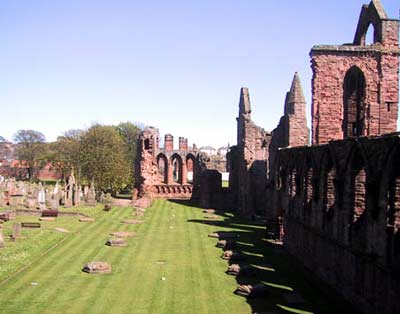 |
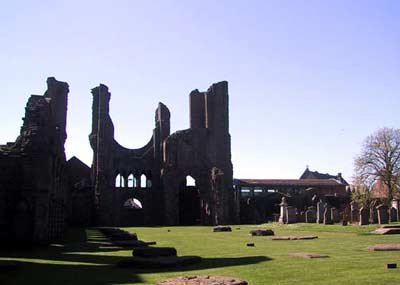 |
| Arbroath Abbey church in its heyday would have been impressive to look at. The high altar was situated at the top of the church, and was where daily masses were celebrated. However, there were a total of twelve altars, with their own chapels at which daily masses also took place. Click here to see a representation of the nave |
|
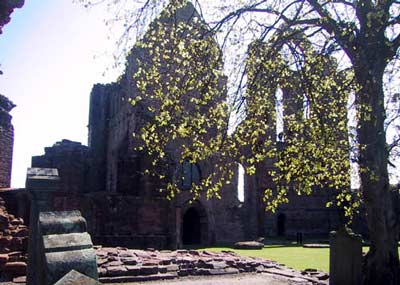 |
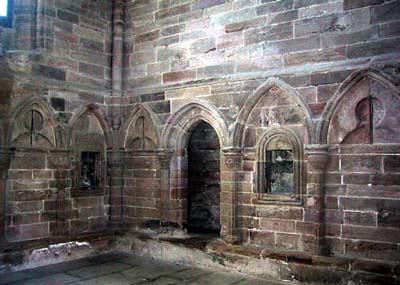 |
| The Sacristy consisted of a main chamber built with a floor above and only three windows. A smaller chamber may have been a strongroom but in the 18th century it held declared lunatics and was called "Jenny Batter's Hole" after its last occupant. Another doorway above the entrance to the small ground-floor chamber, leads to a small room. This may have been a secure treasury, reached by a timber stair or ladder. | |
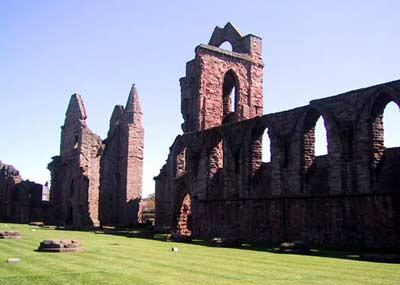 |
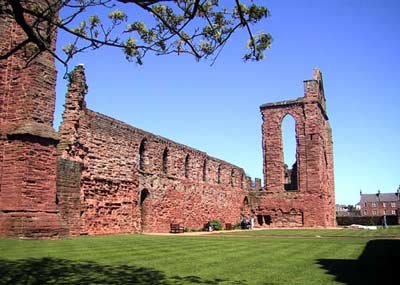 |
When Mary visited the Abbey during a progress in 1562, she stayed at the Abbot's House. The Abbot's house served as private accommodation separated from that of the monks as well as a place to entertain the Abbot's guests. It was connected to the main cloister by the abbey kitchens. The guests were housed in the guesthouse which was added in the late 13th or early 14th century. The monks used the covered cloister walk on the south side of the church as a place for exercise, contemplation and study. Click here to see a representation of Abbot's House and covered cloister. |
|
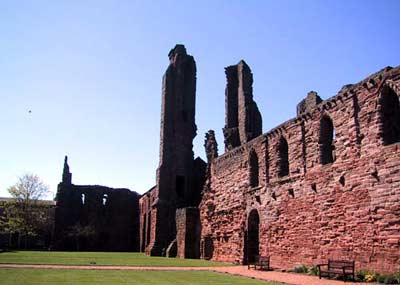 |
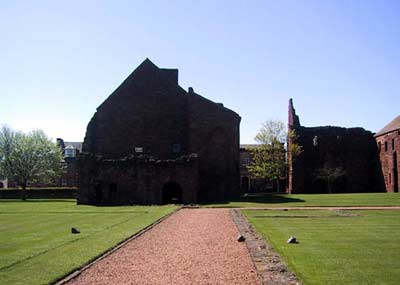 |
After the Reformation in 1561 though, this great abbey became a quarry and much of the stone was used to build important buildings in the town, like the tolbooth. It was not until the abbey came into state care in 1924 that genuine conservation efforts were applied. |
|
| Open all year. Tel.: 44+ (0)1241 878756. The Abbey also has a very interesting Visitor's Centre displaying the Declaration of Arbroath document. | |